Last year’s stacked lineup of games for the Game Awards had us thinking: What was the best year in gaming? As part of our series on determining gaming’s best year, we’re putting together an article on each year, charting the major releases and developments of the year, and talking about both their impact and what made them great.

The Year: 2012
Mugginns: 2012 was huge in tabletop gaming – with living card games making a huge splash, a huge mainstream World War II platoon level game making an entrance, and one of the most-loved Star Wars tabletop games ever coming out with highly-detailed, pre-painted miniatures. For me, personally, it was big because Bolt Action was a huge revelation for me – I could play historical games that were balanced, easily accessible, and fun to promote in stores for organized play. Along with the tabletop hobby, a good (!) Walking Dead game came out (not only good, but amazing) that is extremely memorable and super replayable.
Touchscreens and Voice Controls Take Off
TheChirurgeon: The release of Apple’s iPad in 2010 kicked off a massive interest in touchscreens and by 2012 we’d start to see them incorporated into devices across every market, from printers to fridges to thermostats to game consoles. Likewise, competing tablet devices were starting to show up on the market, with Amazon’s Kindle Fire being the most notable. Alongside touchscreens, the introduction of Siri on Apple devices in late 2011 kicked off growing interest in voice control for devices, a trend which would lead to voice commands being incorporated into Microsoft’s Xbox One X in 2013.
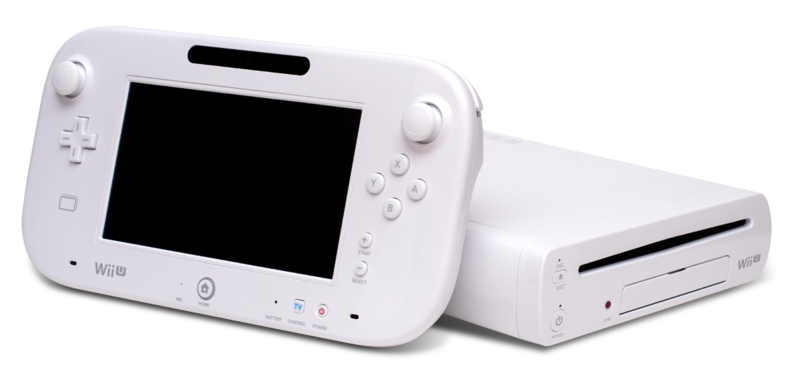
The Wii U Doesn’t Land
TheChirurgeon: Nintendo attempted to get a head start on its competition for the eighth generation of game consoles with the launch of the Wii U in November 2012, actually launching a month earlier in North America than Japan. The Wii U was backward compatible with the Wii and featured an entirely new controller concept: A touchscreen GamePad which could serve as both the game’s primary controller and the screen, making the Wii U feel a bit like a handheld, albeit one tethered to the console. The console also supported classic Wii remotes, and in fact, could only support a single Wii U GamePad at a time.
Nintendo had massive success with the Wii by expanding the console market, bringing in an entirely new audience of more casual gamers who loved the Wii’s motion controls and ease of use. The Wii would end up relying heavily on first-party titles and party games for its software sales during its lifetime as a result. Those same gamers would also spell doom for Nintendo with the Wii U. First off, the product was confusing; the name and device images made it look like it could be an add-on or update for the Wii, not an entirely new console. Second, the audience Nintendo had built just didn’t want or need a new console, especially not this early. For those gamers, the Wii was a party system, similar to a board game. They’d break it out to play Wii Sports – why spend $299 on a new version of that when you’ve got all the fun you need? And finally, the GamePad device was a dud – it was a handheld that wasn’t, and only being able to use one meant it wasn’t suited to party or multiplayer experiences.
The end result is that the Wii U was a disaster for Nintendo – the console would end up selling fewer than 14 million units worldwide. In 2012 Nintendo reported their first losses and would continue to do so in the years following, putting the company in an extremely rough situation financially before the launch of the Nintendo Switch in 2017.

Android: Netrunner
The original Netrunner card game published by Wizards of the Coast in 1996 was a modest success, but ultimately dropped when the initial bubble for CCGs burst. The game was too good to stay buried, however, and would see a revival in 2012 from Fantasy Flight Games.
One of the first ‘Living Card Games’ (a card game model where you don’t have to purchase random packs of cards, but rather buy sets of cards, usually on a release schedule, with no rarity) to hit the market, Android: Netrunner won 2012 Best Card Game and 2012 Best Two Player Game at the BoardGameGeek awards in 2012. It was hugely popular in FLGS at the time, having solid releases from Fantasy Flight Games through 2018, and then moving to Null Signal Games with the most recent release in 2023. The key thing to remember about it is that it basically built the Living Card Game format, saving gamers a lot of money and opening the path for a lot of cool theme-y games afterward.

Mass Effect 3
Considered one of the best video games of the 2010s, Mass Effect 3 concludes the blockbuster trilogy of action RPGs that gamers grew up on in the 2000s. Released at the time for PC, Xbox 360, PlayStation 3, and later for the Wii U, it is still well-loved today despite the massive controversy over the ending of the game. That same ending controversy could be credited (or blamed) for gamers now feeling they own a part of the game development process: Huge calls for re-dos and changes actually forced BioWare to release an Extended Cut free DLC that expanded on the ending. The voice acting, soundtrack, and art for this game in particular were top-notch and really pushed the envelope forward for future games.
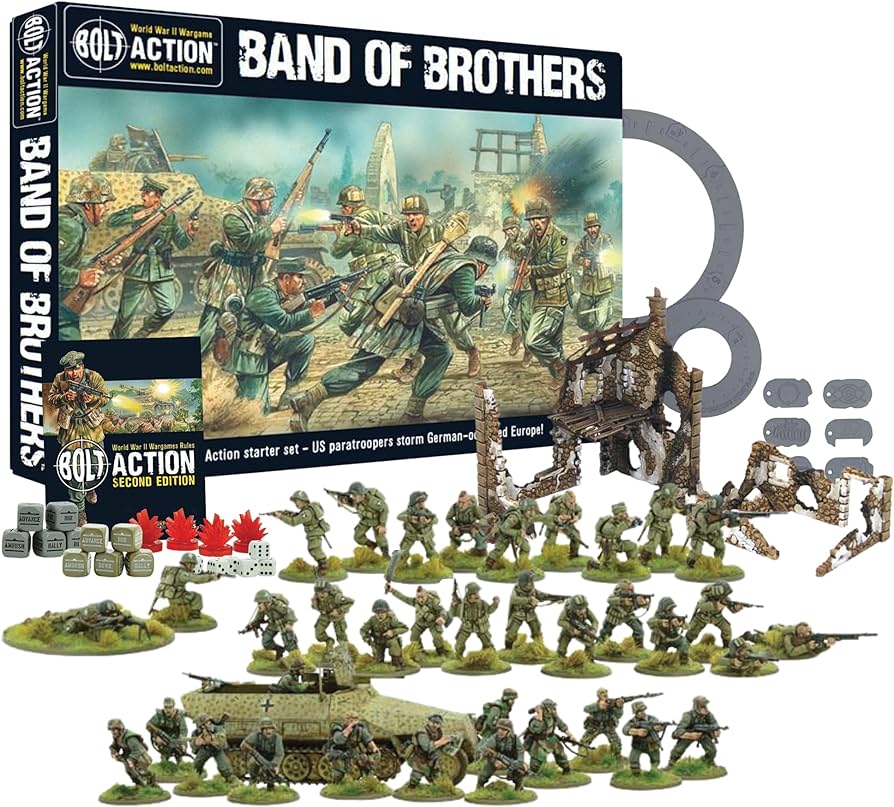
Bolt Action
There were a ton of World War II tabletop games out there – hundreds and hundreds of rulesets – but none were nearly as accessible (in 28mm) as Bolt Action. Written by Games Workshop stalwarts Alessio Cavatore and Rick Priestley, it cribs a little from 40k in terms of platoon level combat, but adds so much to it and evokes the period well.
The key differentiator for Bolt Action versus other WWII games and even other tabletop games in general is the use of random activation: I put order die in a bag for each unit I have, then you add yours as well, and we draw them out. We never know who is going to have the next activation, and the die can be given to any un-activated unit, so the fog of war effect is huge. Morale also plays a massive part in the game; even if you don’t kill enemies when you shoot, you could pin them, which suppresses them and makes it harder to do the things their commander wants.
The system was created very much to sell Bolt Action minis (pewter, then plastic) that Warlord Games create and cast and it works well. Most theaters are covered now, with rules even for such small contributors as the Slovak Fast Division on the Eastern Front. The game has gone through two editions and will likely see a third in the near future.
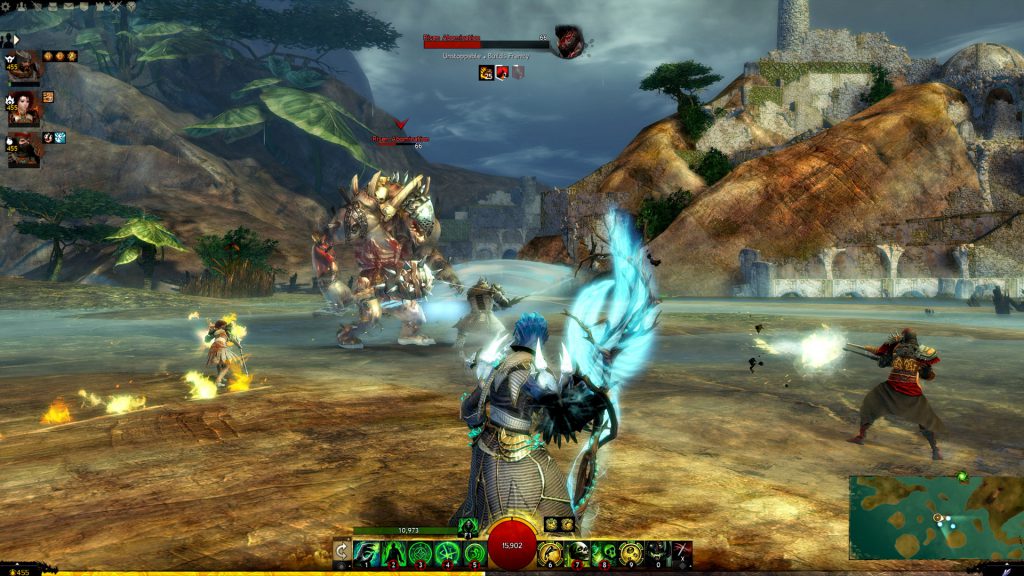
Guild Wars 2
Released in 2012 to universal acclaim and huge sales (five million copies before the game went free-to-play), Guild Wars 2 is a sequel to the original no-subscription MMO Guild Wars (2005). Moving from Guild Wars level 20 cap to a level 80 cap helped provide more content for players to grind. The PVP aspect that was hugely promoted in Guild Wars is present here, with World vs World matches in persistent worlds with siege engines crafted by players. Guild Wars 2 has had five different Living Seasons and four expansions, with at least two more planned. With over 300,000 estimated daily players the game is still going strong 11 years later.

Diablo III
TheChirurgeon: More than a decade after the second game in the series, Blizzard released Diablo III, another stellar installment in its action RPG series. Diablo was once again back, and this time opposed by your choice of barbarian, demon hunter, witch doctor, wizard, or monk. By the time Diablo III released the formula established by the first two games had become well worn. But here’s the thing: It doesn’t matter – Diablo III just does all of that better than its imitators, and whether you’re playing online and selling things at the auction house or just playing on a couch with a friend like it’s modern-day Gauntlet, the game is a damn good time.
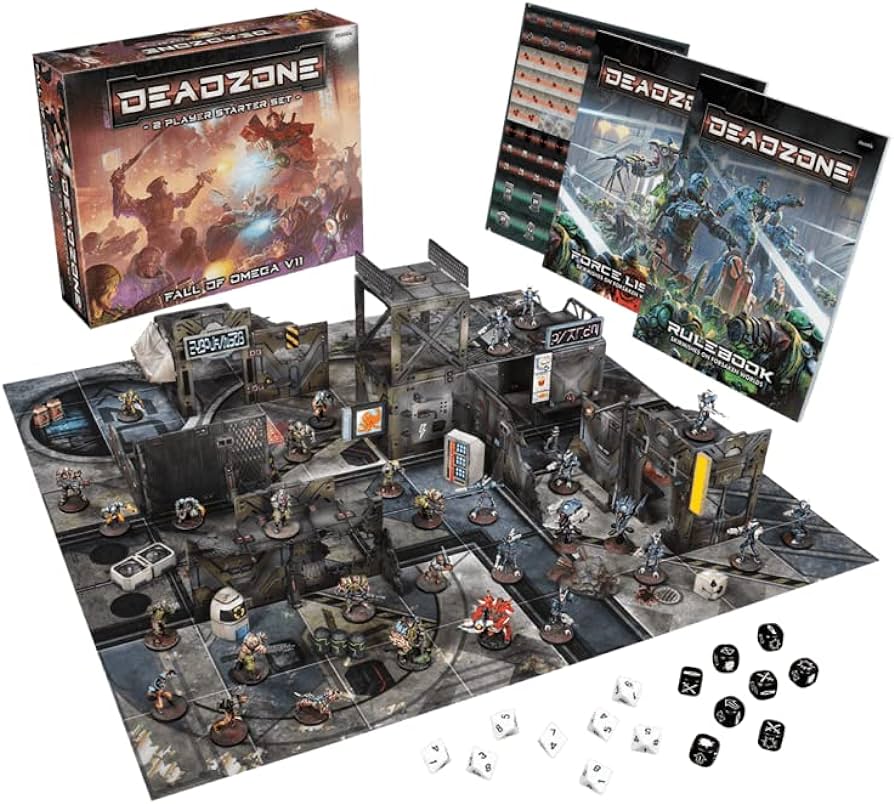
Deadzone
Mantic’s sci-fi skirmish offering has been hugely successful for the company and spawned an entire Warpath universe. Over 4,000 backers spent $1.2 million to bring the Kickstarter to market, making it the most successful Kickstarter Mantic had done at time, later to be surpassed by Hellboy and others. Being its own IP and not Walking Dead or Worms and still doing a large number like that shows the quality of the game and the draw of the minis and terrain.
It was one of the first smaller-skirmish games to be setup for faster play – only having five rounds total, not an open-ended game time. It also got rid of the tape measure, using cubes on a 2×2 ft board to move around in. The game is now in Third Edition, released in 2021, with events at most major wargaming conventions.
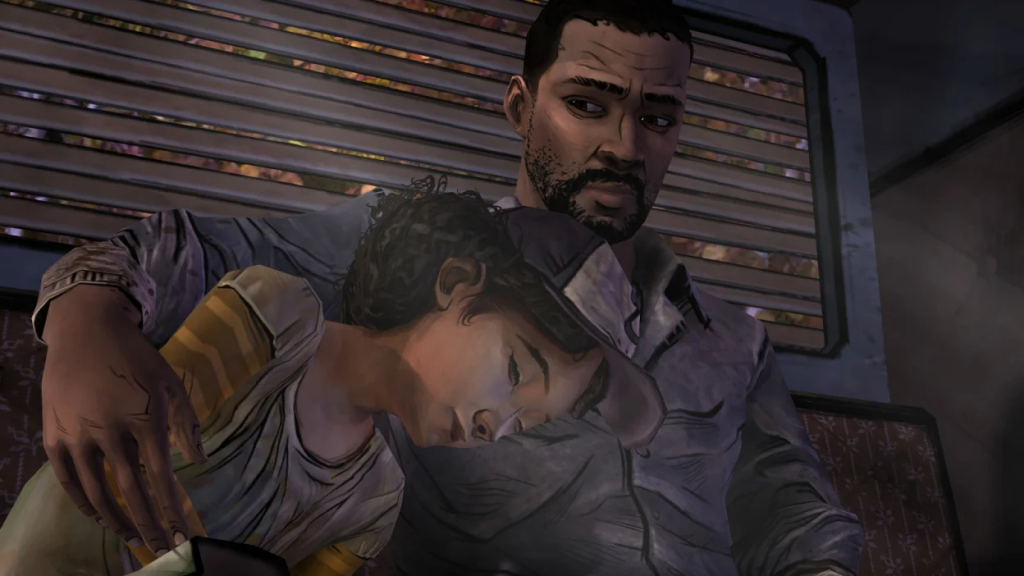
The Walking Dead (Telltale Games)
Telltale Games was known for producing many graphic adventure (point and click) games, but The Walking Dead is easily the most well-known of their games and has been played by many people who would never identify themselves as a Walking Dead fans. This entry in the franchise tells the story of Clementine, a young girl at the start of the zombie pandemic who meets a ton of different people and has to move through the world, surviving and eventually taking care of people who may or may not turn out to be psychopaths. There are four seasons to the game, with a few extra episodes sprinkled in; the best way to get it is via the Telltale Definitive Series that updates some graphics and puts it all in one neat little install.
The series sees Clementine start as an eight year old girl, meeting Lee, her protector and father figure, a college professor who starts the game being transported to prison for murder. Throughout Season One you learn a ton about both of them, plus other characters like Kenny and the Walking Dead world as a whole. Later seasons introduce large groups of characters that are vital to the story, some sticking it out through to Season Four and some not. There are hugely important decision points that players have to make that define the endings of the games and how the story plays out in future episodes with some real heartbreaking endings for certain characters.
Telltale Games closed in 2018, with Walking Dead creator Robert Kirkman’s studio Skybound taking it over and finishing out Season Four. Clementine’s story has been continued in a new graphic novel series by Tillie Walden. There have been a lot of Walking Dead video games; this one is clearly the best and a modern measure for which we look at adventure games.

XCOM: Enemy Unknown
Known for reviving interest in turn-based tactics games, XCOM: Enemy Unknown spawned an entire set of “XCOM alikes” that are still seeing releases today. Players take the role of XCOM, an elite paramilitary organization who has to stop an alien invasion of earth. The game has elements of experience and progression, permadeath, and base management. During gameplay the player issues orders to their soldiers – maintaining cover is immense for the soldiers during gameplay or they will reach the aforementioned permadeath.
The game eventually got an expansion release, XCOM: Enemy Within, and a sequel to the game was released in 2016 called XCOM 2.
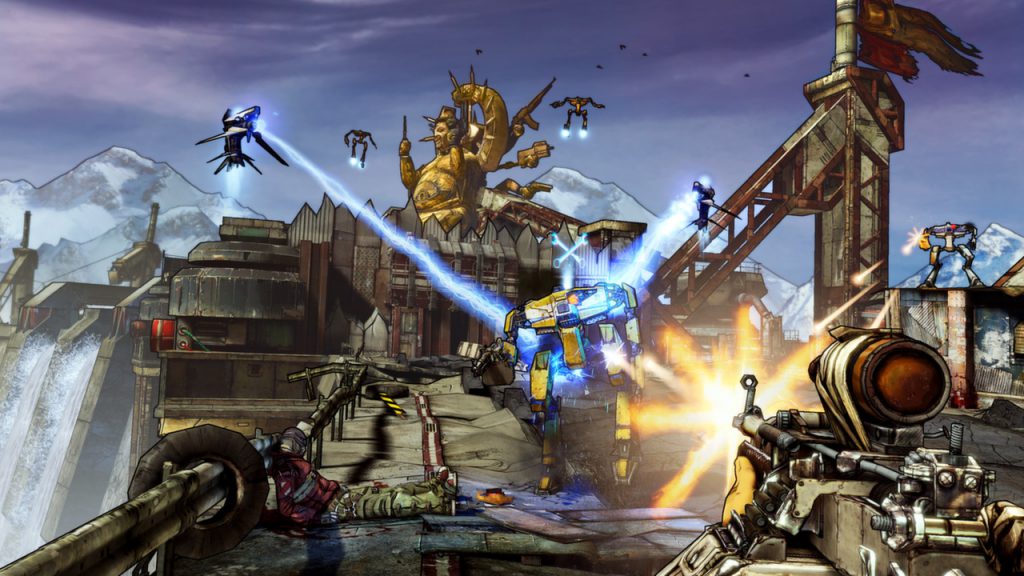
Borderlands 2
The sequel to the 2009 surprise hit, Borderlands 2 had a much bigger budget and became hugely popular as a AAA release, using a cell-shaded style that is very closely identified with the Borderlands series now. There is a lot of content; apparently the script for Borderlands 2 was seven times longer than the script for the original Borderlands. Getting through that content is made easier with cooperative buddies, up to three other players.
Borderlands 2 cemented the Borderlands franchise as a AAA title and something that people will pick up when it comes out, leading to a steady diet of future releases and eventually a major motion picture.

Warhammer 40k 6th Edition
You may have heard about Warhammer 40k on this here site. 6th Edition followed four years after 5th. I personally played a ton of 5th Edition, and you’ll hear a lot of older grogs talk about it longingly; it was neat because armor and transports were actually good back then, but it got out of hand eventually. 6th Edition changed up how the damage to vehicles worked and fully introduced flyers as a separate type of unit, instead of what they were before (either grossly oversized skimmers or just monsters with wings). Believe it or not, before 6th Edition, flyers had appeared only in Imperial Armour books from Forge World, and they were janky. 6th Edition also introduced Knights to the world, for better or worse.
6th edition also reintroduced the Psychic phase to the game, along with randomized powers and randomized Warlord Traits for characters and the concept of Overwatch – shooting your opponent before they could make a charge – while also making charge distances random. The edition overall was a bit of a janky mess, and 6th mostly managed to slip through the cracks thanks to the fact that people remember 5th fondly and 7th for what a bloated mess it became.
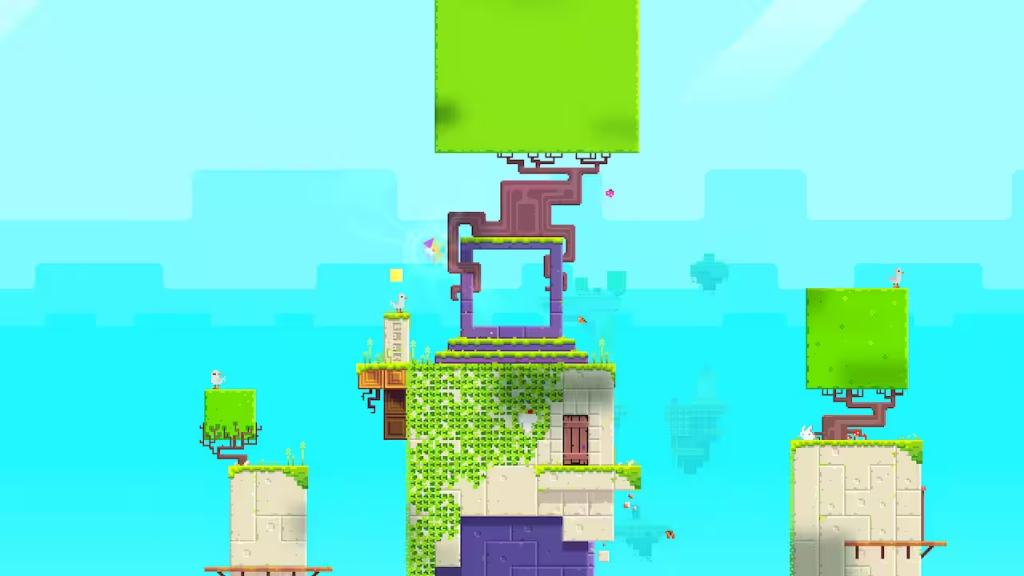
Retro Games Make A Statement
TheChirurgeon: Indie games had already been growing rapidly but in 2012 a new push toward more retro-inspired games began to gain traction, starting with the success of four titles in particular. Fez was a semi-3D platforming puzzle game about 3d rotation in a 2D world, featuring adorable pixel art graphics. Spelunky was a 2D pixel art roguelike platformer originally released in 2008 but updated in 2012 for the Xbox 360 in 2012 with multiplayer. FTL was a game about building a ship and navigating a vast and unpredictable universe – also with pixel art graphics. And Hotline Miami was a top-down shooter with bloody violence and old-school pixel art-like graphics. All four games would make year-end “best of” lists and all four would feature blocky pixel graphics reminiscent of older games. These games were at the vanguard of a movement which would see an explosion of indie games focusing on retro and retro-inspired games over the following decade.
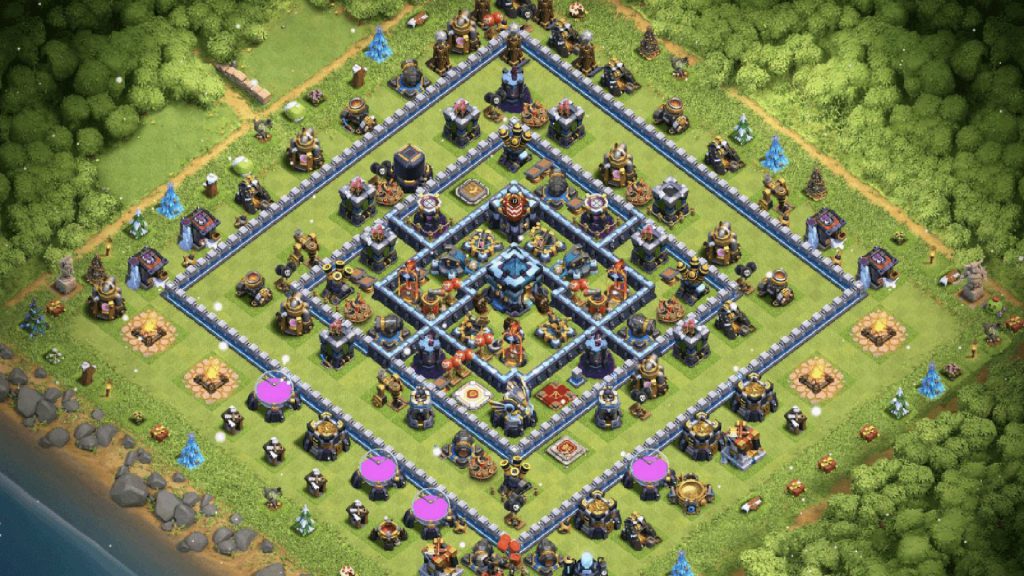
Mobile Games
Two monsters of the timewaster mobile game industry released in 2012: Candy Crush Saga and Clash of Clans. By 2013, Candy Crush Saga had been downloaded more than 500 million times across various platforms and boasted 6.7 million daily users, making $633,000 dollars a day at the time from the iPhone store. The game was so popular it even had a nine episode, hour-long game show at one point hosted by Mario Lopez.
With very similar statistics, Clash of Clans smashed mobile store records as well in 2012 and for years after. The game is basically a city building game where you recruit troops and join other players in online Clans. You can probably guess how it’s monetized, with certain actions requiring gems to take place or spend less time doing.

Halo 4
TheChirurgeon: Bungie officially left the Halo franchise (and Microsoft) after Halo: Reach, leaving 343 Industries to pick up where they left off. Halo 4 picks up after the events of the third game, following Master Chief and Cortana as they do battle with a new foe – the mechanical monsters of the Forerunners – and at the same time deal with Cortana’s growing rampancy. Halo 4 isn’t the best Halo game but it’s far from the worst, and it features one of the best stories in the series.
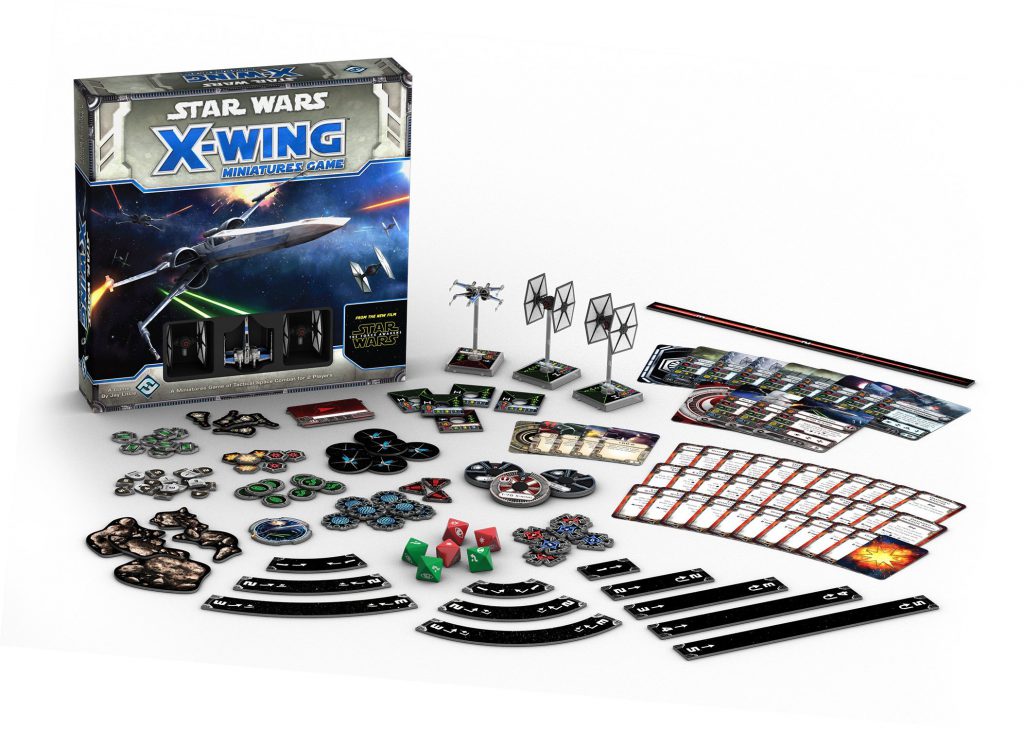
X-Wing Miniatures Game
When X-Wing released it was huge. Pre-painted, fully detailed Star Wars starfighters with cards and templates and tokens to boot? You bet. No corners were cut; it was all there. The game had tons of very niche, unrecognizable characters who were brought out of the woodwork to pilot ships you may have never heard of. AdeptiCon and other cons had events with 100+ people involved. X-Wing is a great game, with tons of ships to grab and even fan-made cooperative campaigns. When Games Workshop’s sales would slow during 6th and 7th edition, X-Wing was one of the games that picked up the slack.
Eventually Version 1 of X-Wing grew to be pretty unmanageable, with lots of insane combos and downright negative gameplay experiences. A second edition would release in 2018, but unfortunately being gobbled up by Asmodee led to many players becoming discouraged and quitting.
Why It Was the Best Year in Gaming
Bolt Action helped start a renaissance in historical gaming – a lot more focus was put on making historical rulesets that would have mass appeal while still remaining true to the period. Netrunner helped create a whole genre of games from FFG that a ton of gamers would eventually play in organized play events around the world. X-Wing was a massive release, eventually topping tabletop game sales charts from industry experts.
Meanwhile, in the video game world, heavy hitters like Mass Effect 3, Halo 4, Far Cry 3, Diablo III, and Borderlands 2 were continuing the huge franchise AAA game parade. The Walking Dead revitalized the adventure game category so a ton of indie games could follow in its footsteps, and the mobile game world was never the same after Candy Crush Saga and Clash of Clans. The money involved in those two games is probably larger than every other game mentioned here – just massive amounts of cash spent on microtransactions. While it wasn’t a huge year for world firsts, many things we love about the gaming hobby today were heavily influenced in 2012.
This article is part of a larger series on the best year in gaming. For more years, click this link. Have any questions or feedback? Drop us a note in the comments below or email us at contact@goonhammer.com.
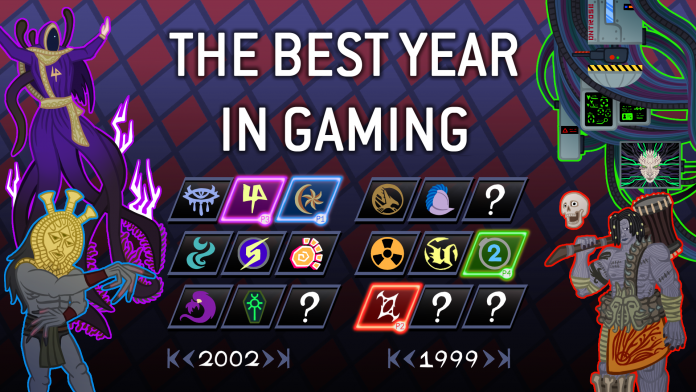


You must be logged in to post a comment.